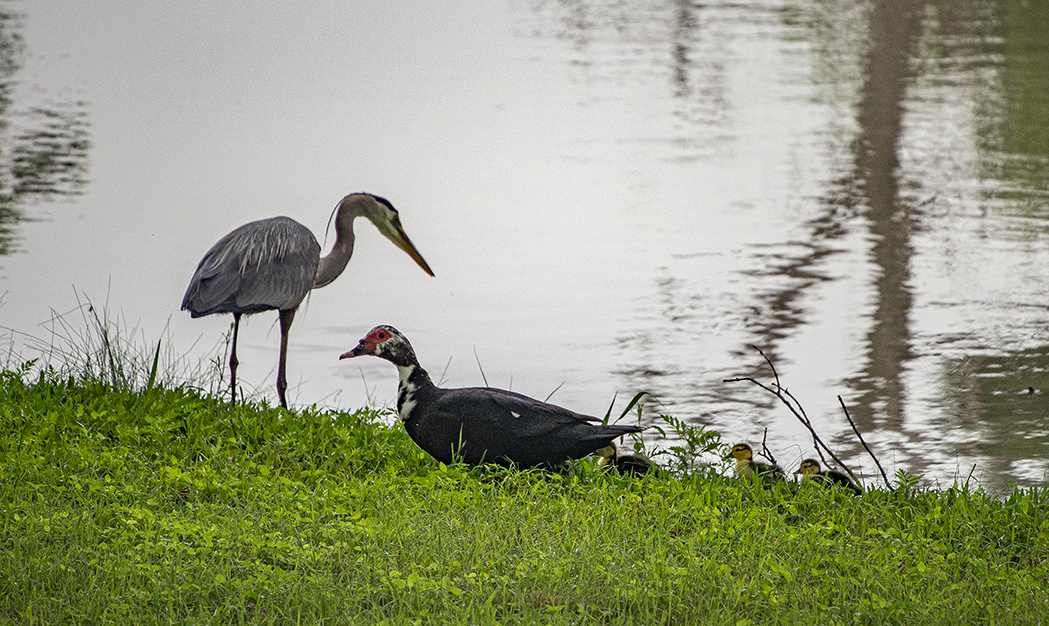On Wednesday the Williamson County Parks Department let us know that Berry Springs Park & Preserve will be closed for approximately three weeks beginning Monday, May 20th, time to allow some park road projects and other additions, including an extension of the trail under County Road 152. On Wednesday evening I spent a little time at the park. When getting into my car, however, I noticed a young man getting photographed by his big sister to commemorate his upcoming graduation from Georgetown’s East View High School, whose commencement is May 25th. Photographer friends who love this park might want to visit before Monday! It’s a great park, filled with old-growth pecan trees. 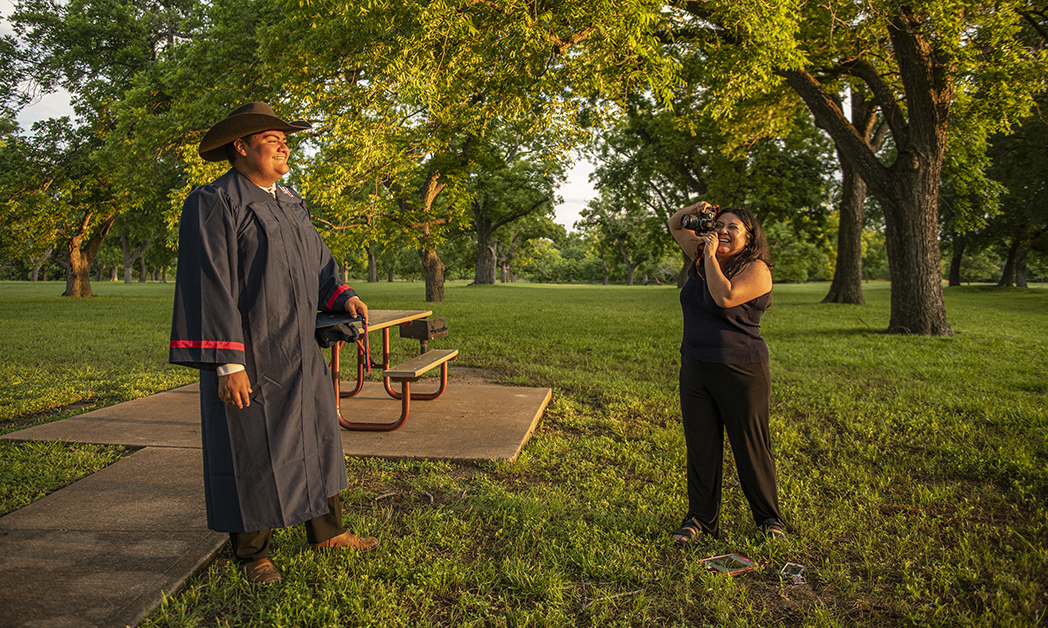
Quiet Roads
If you’ve followed this work for a while you know about my affection for unpaved roads. The thing that really attracts me to them is just how peaceful they can be. When traveling on a dirt road it’s rare that I’ll be rushed by someone barreling my way in the rearview mirror. They’re the kind of spaces that often allow time to get out of the car for photos without disturbing others. Three are presented tonight, but the first one, nestled under a canopy of trees in Milam County, Texas might be my favorite. 
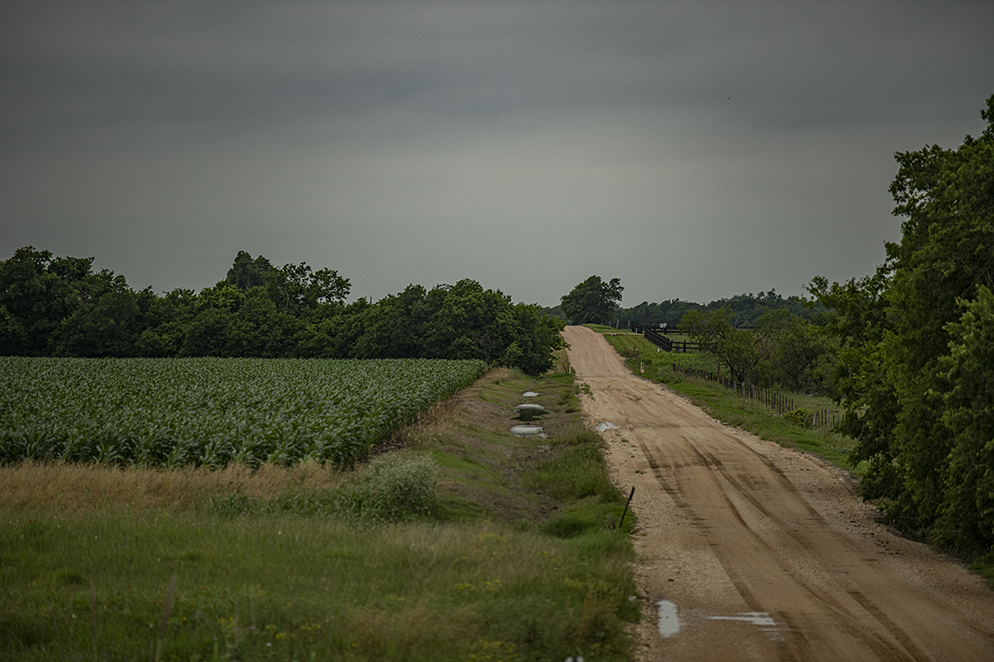
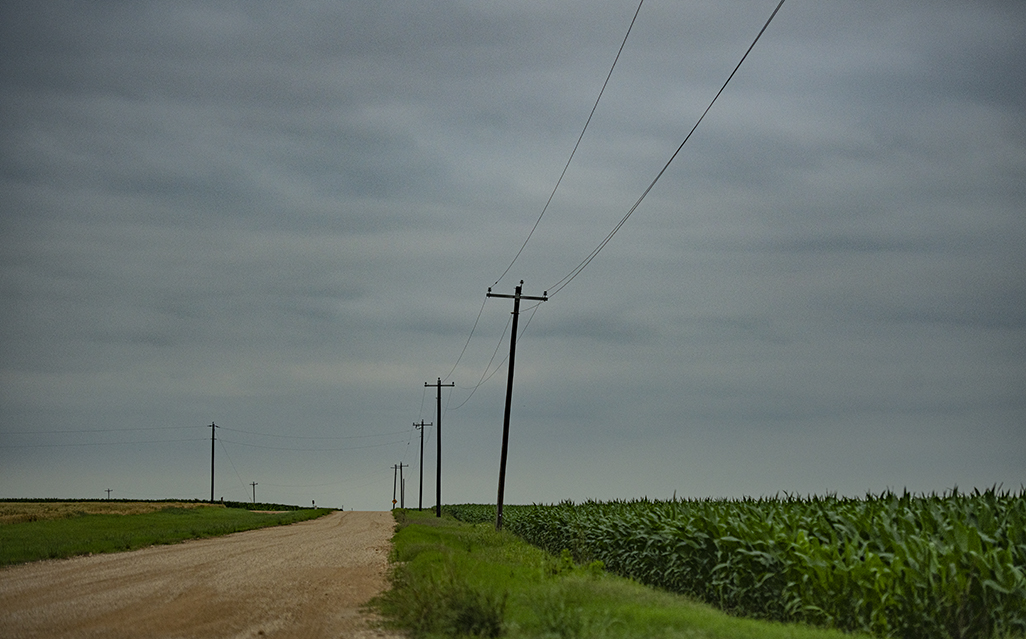
Spending Time With the Egrets
In past years I’ve probably spent more time at the rookery in Taylor’s Murphy Park. Last summer’s heat and drought, however, tempered my enthusiasm for these poor birds. But it’s time to reconnect with these wonderful migratory creatures that arrive here each spring. These are a collection of photos from Monday evening. A few minutes into my session I noticed another photographer arriving to take photos. She appeared to have good equipment and long lenses. It’s not my style to disturb another photographer’s time. We both continued our work. Hopefully it was a good experience. Shortly after I began taking photos here in summer 2009, a few longtime Taylor residents expressed their displeasure with the egrets. They smelled bad, they left droppings on roofs and yards, etc. What they also do is bring photographers from a long way off to record these birds. And they spend money here. Beyond that, they are a federally-protected species. And their aerial ballet is downright beautiful. 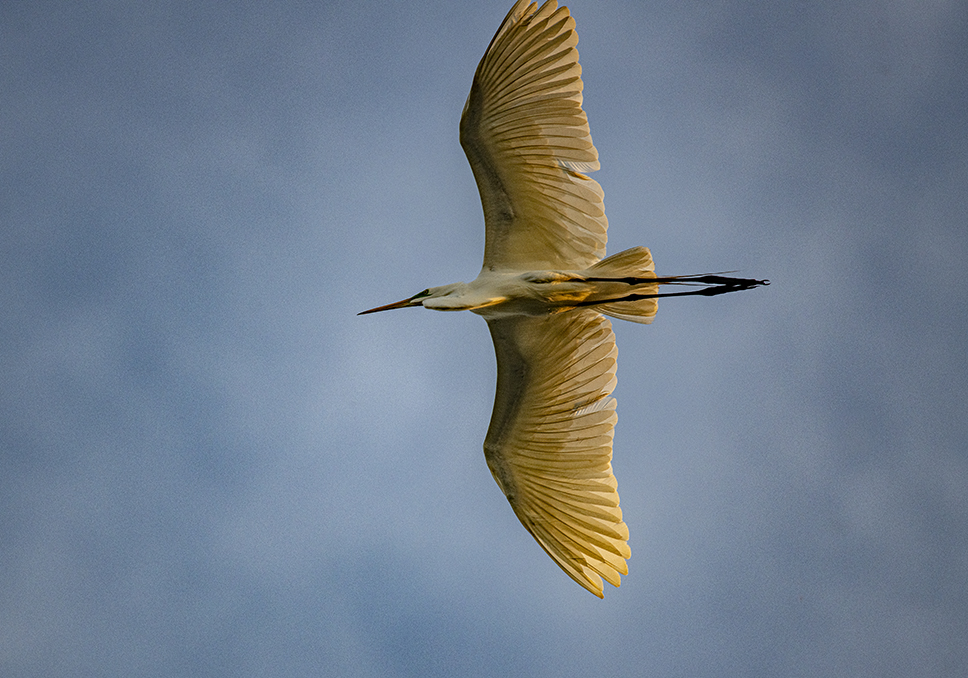
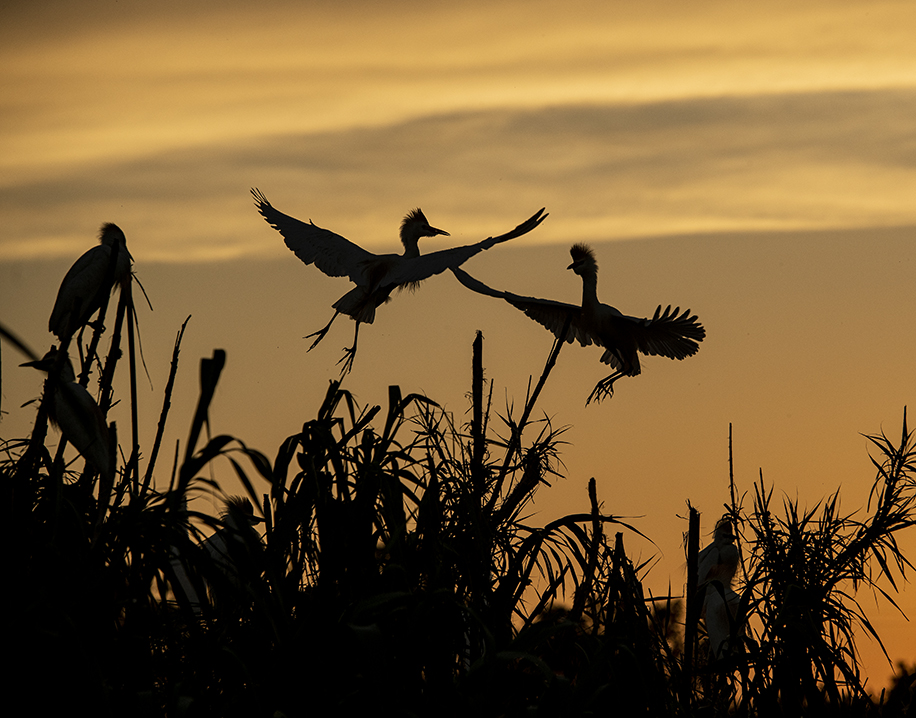
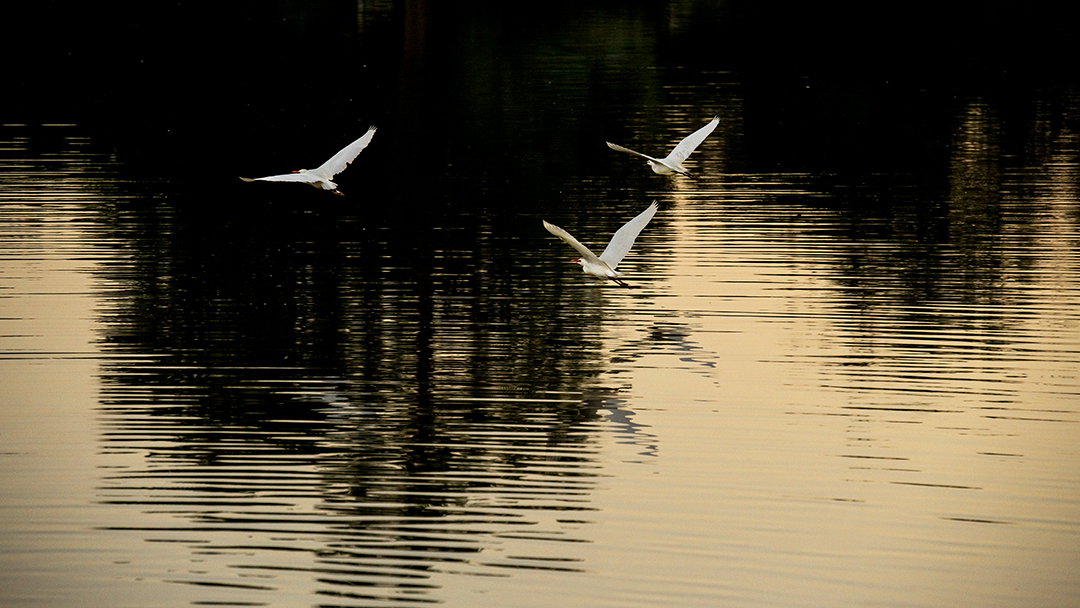
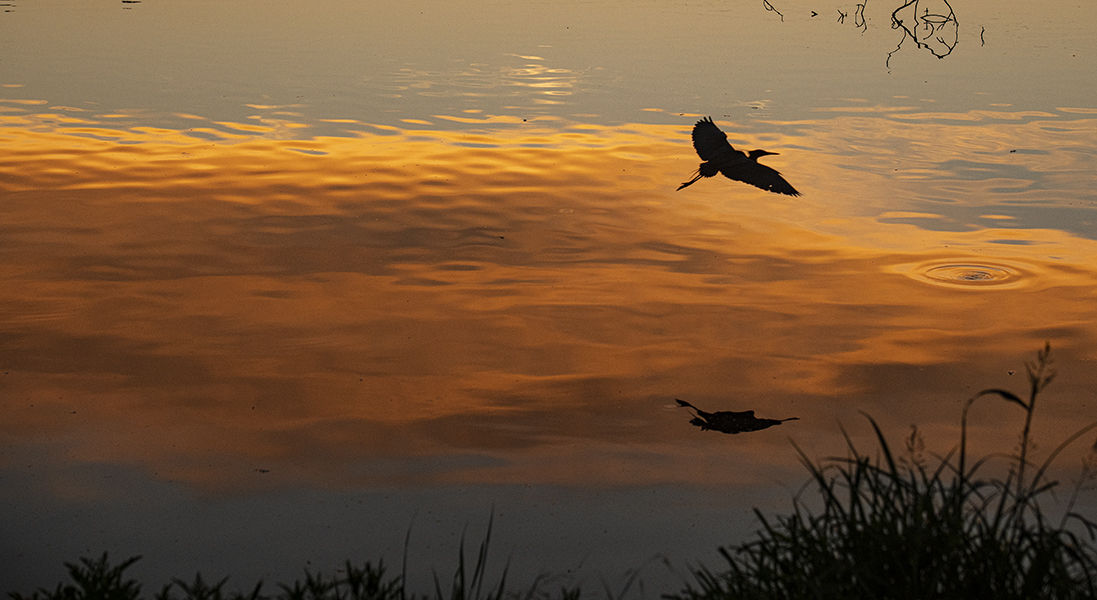
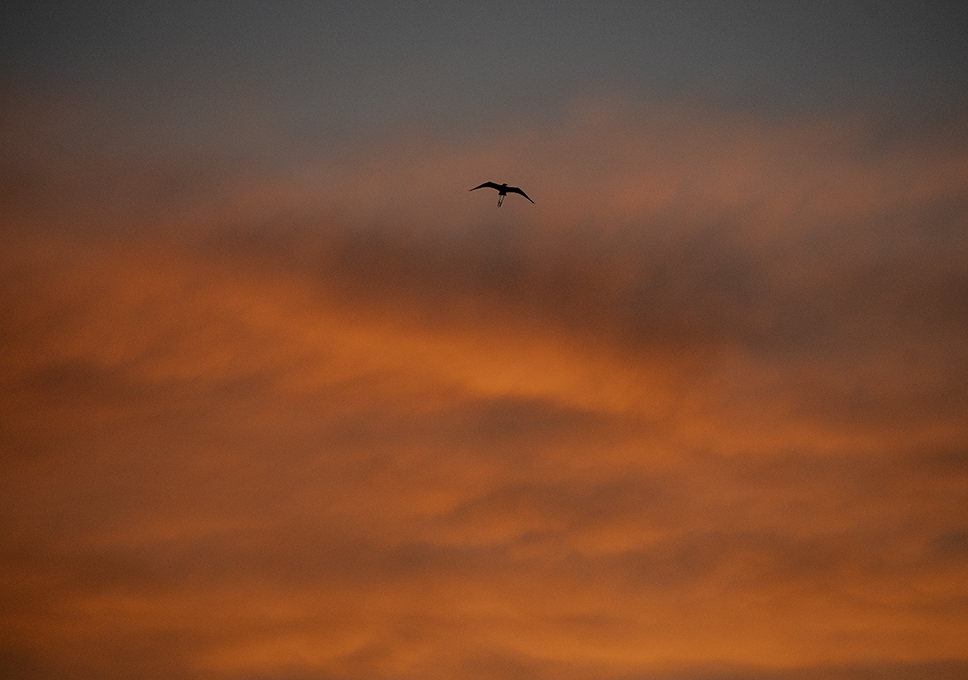
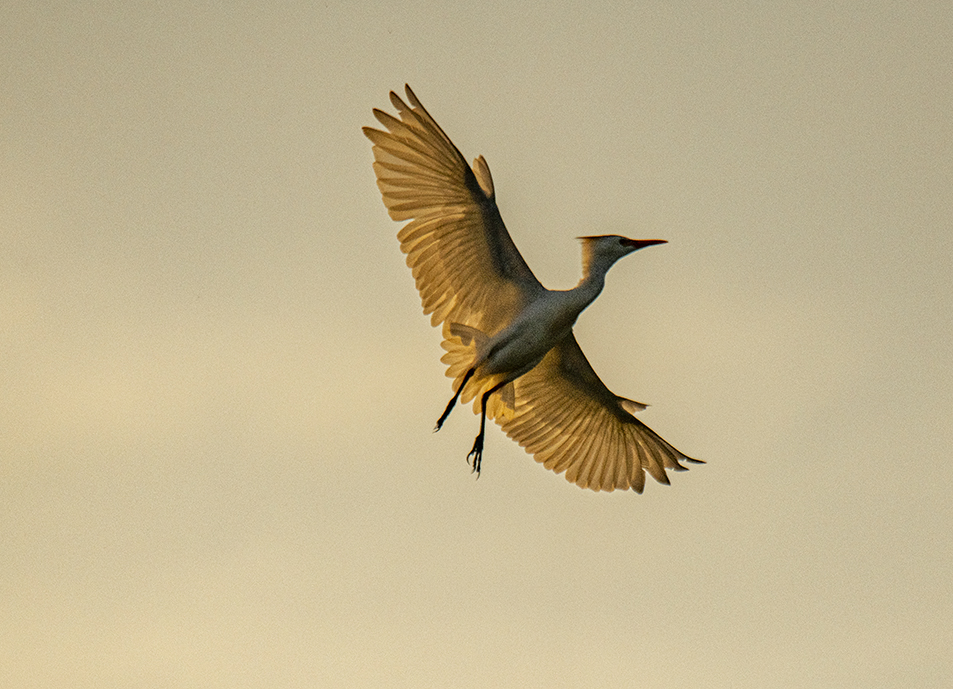
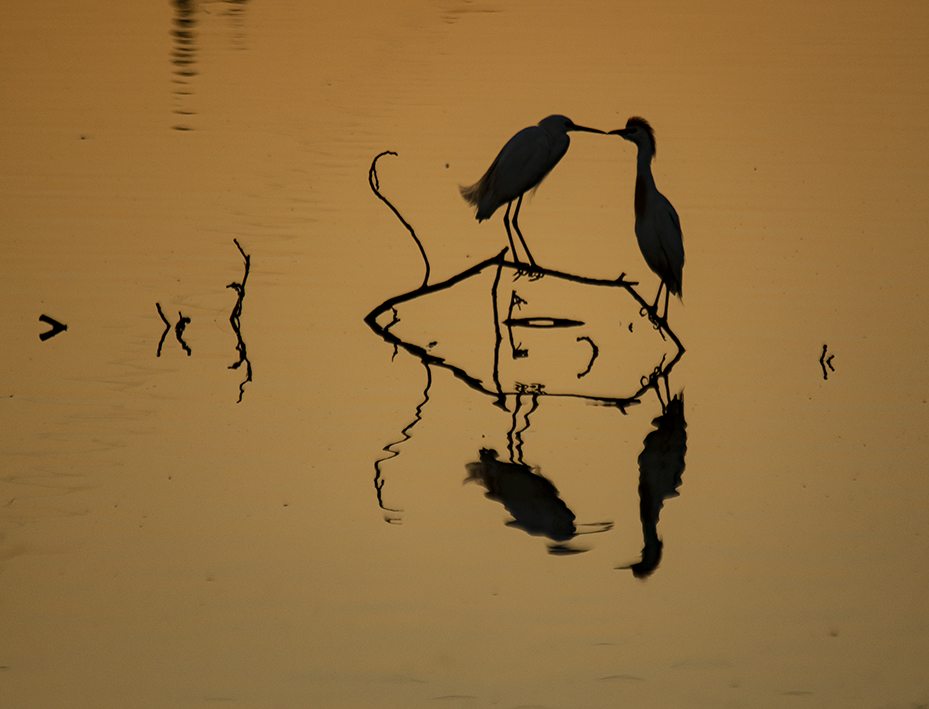
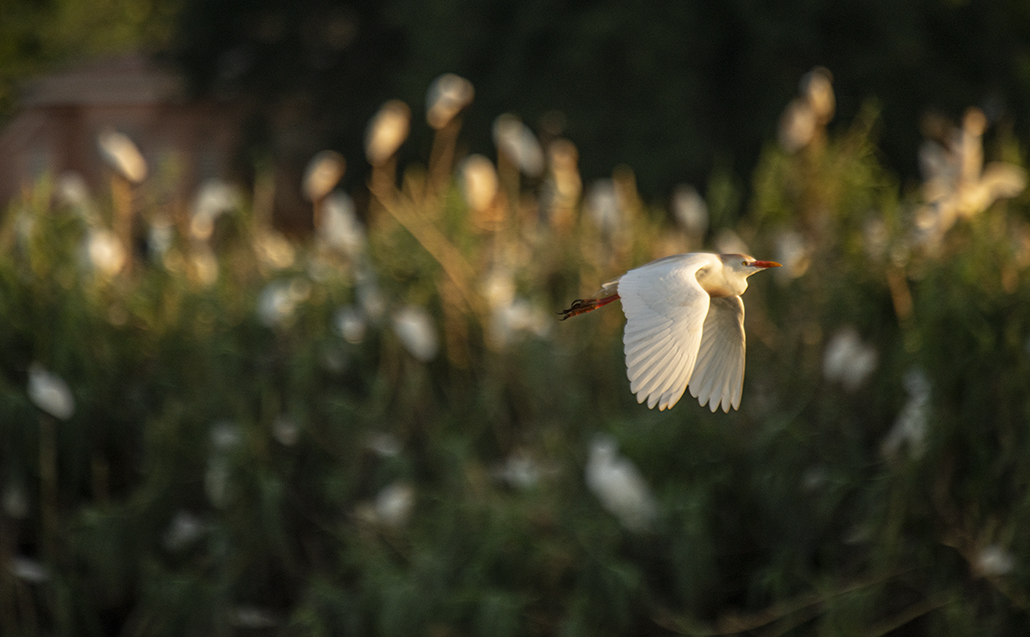
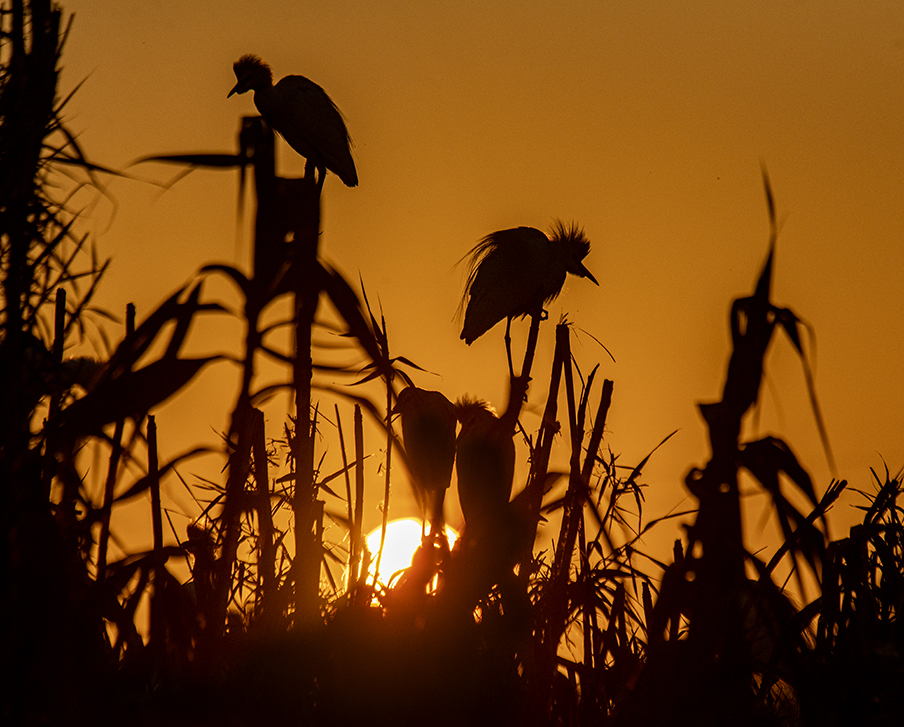
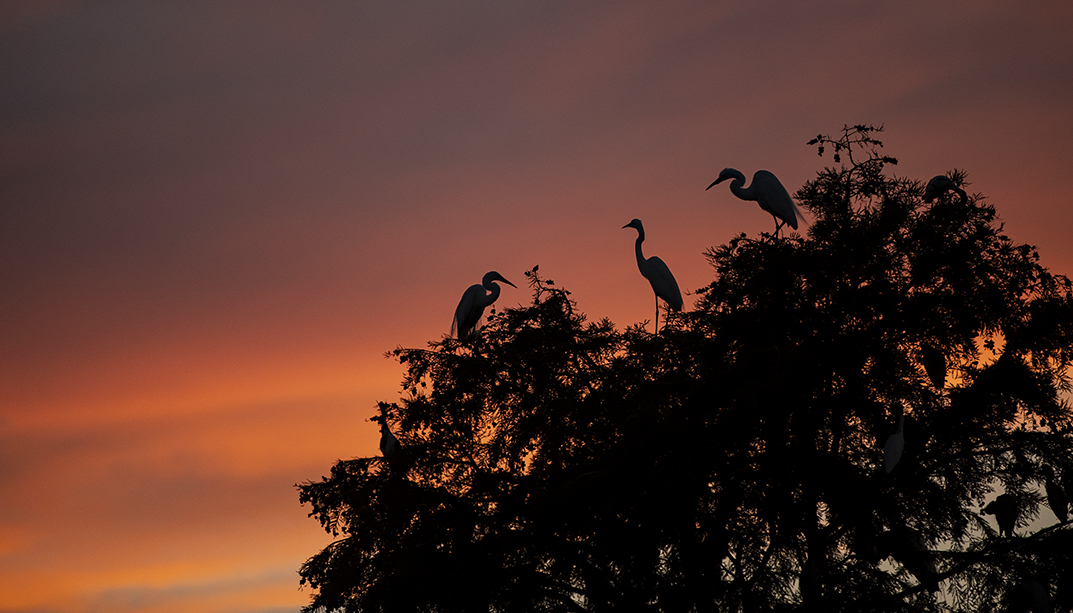
Just Some Windmills
With a lot on my plate tonight I’m just offering some windmill photos taken in the past few weeks. Folks might know my affection for these rural skyscrapers. You’ll see them here from time to time. The opening photo is one I’m guessing you haven’t seen. While I’ve passed by that one a few times, the golden light drew me in. Windmills are divine. 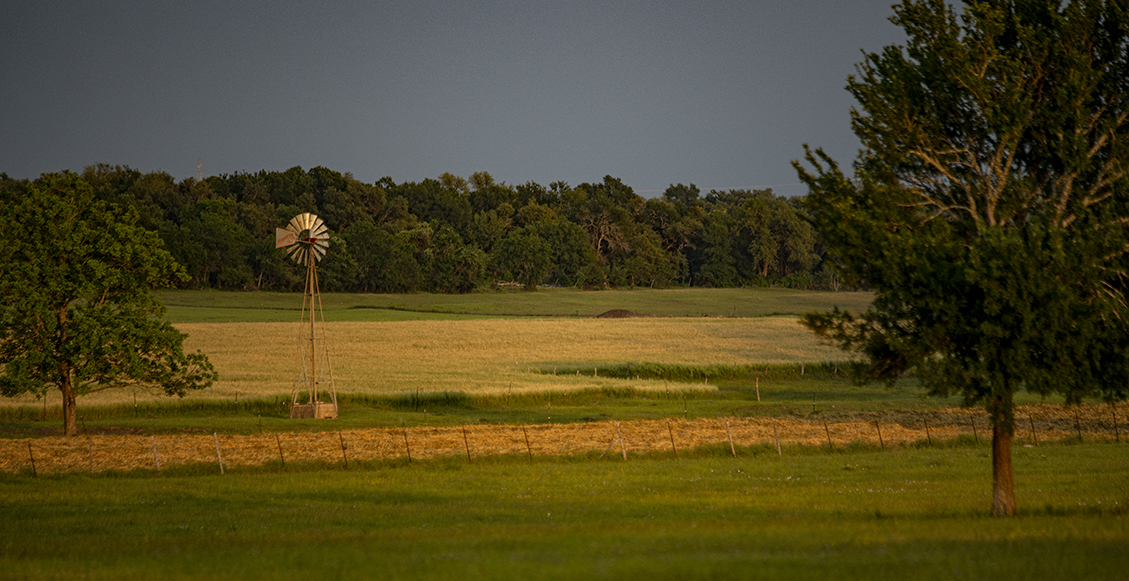
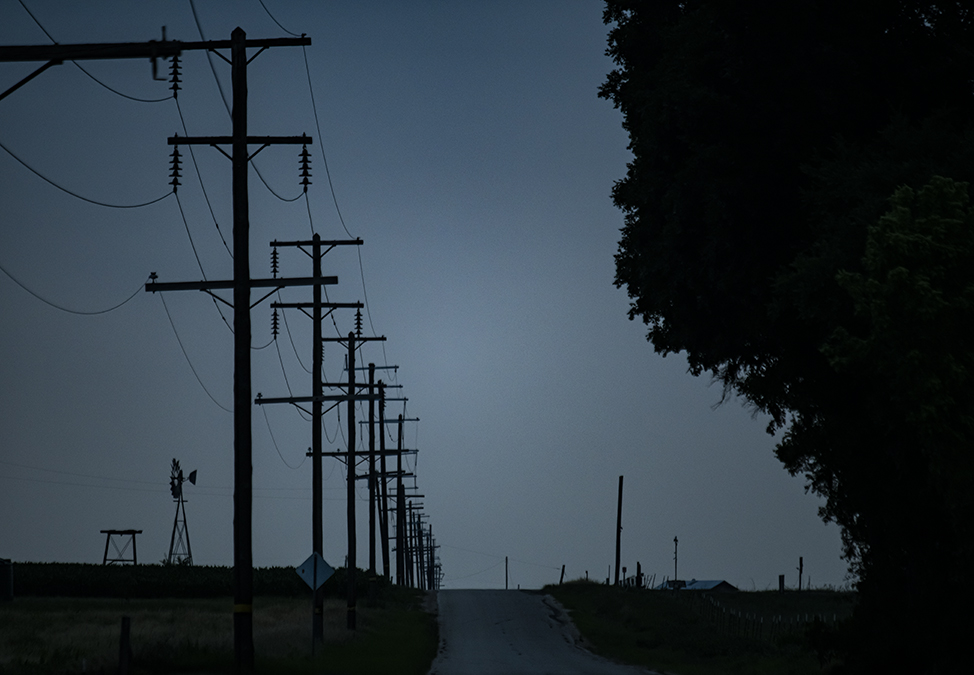
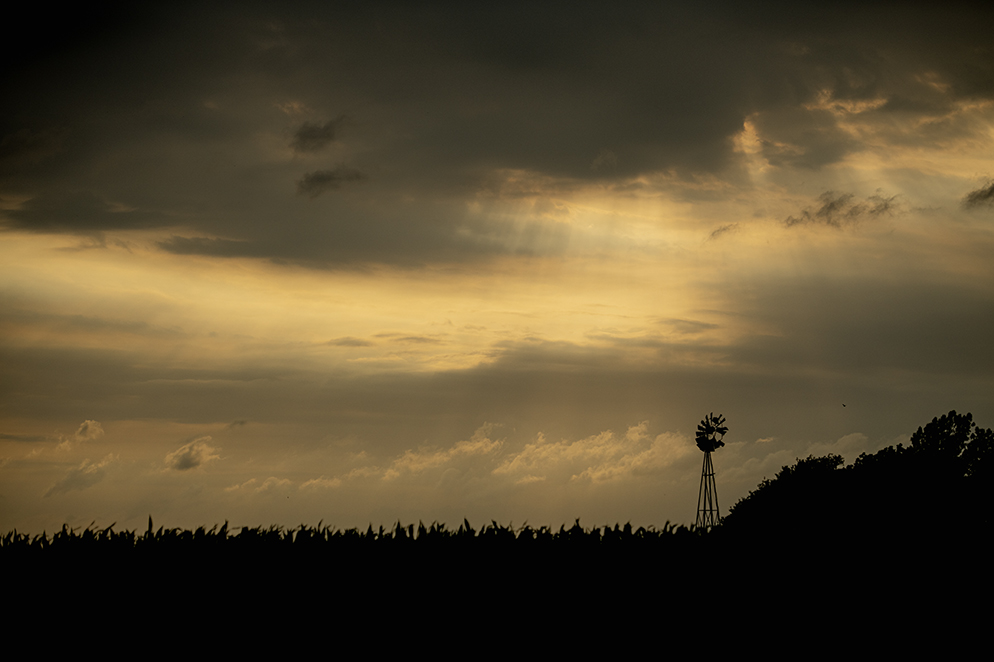
A Circleville Interlude
These are photos from a recent visit to a friend’s picturesque ranch in Circleville, just minutes north of Taylor. The ranch is overseen by my friend and her brother, land that’s been in the family for many years. I’ve photographed areas of their ranch a few times. It’s one of those peaceful interludes. The lane leading into and out of the ranch is quite nice all by itself. And I suppose this adds to that collection of barn photos. Plus a wildflower and a ladybug. 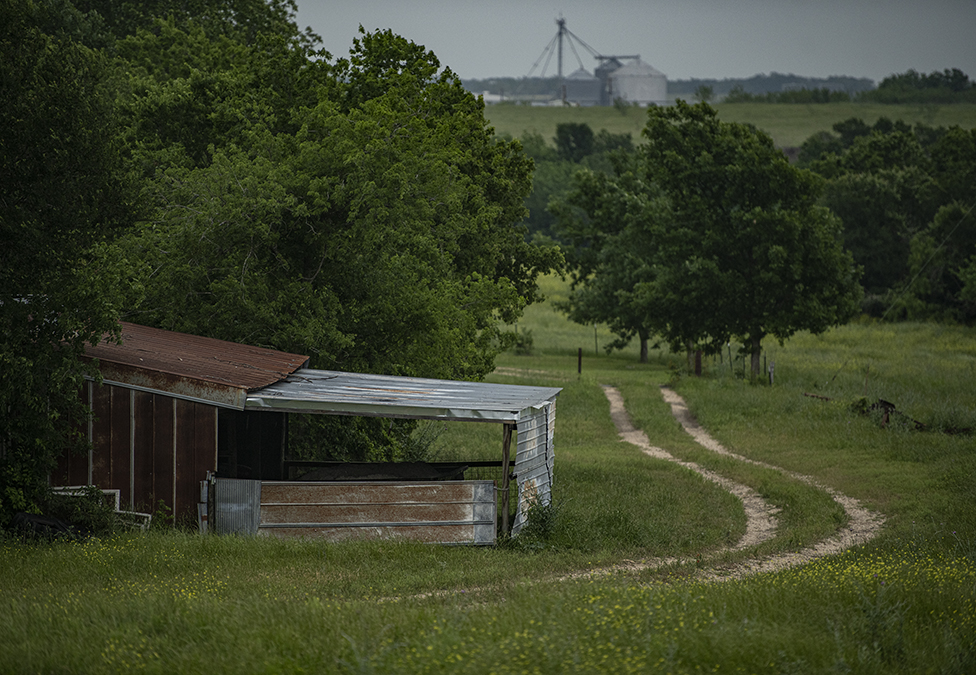
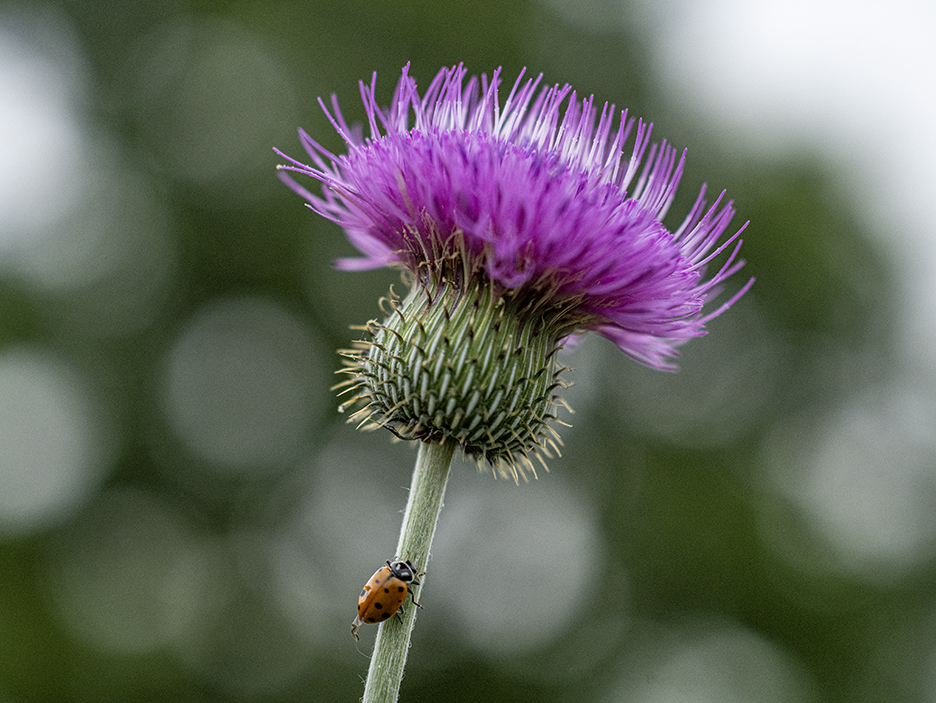
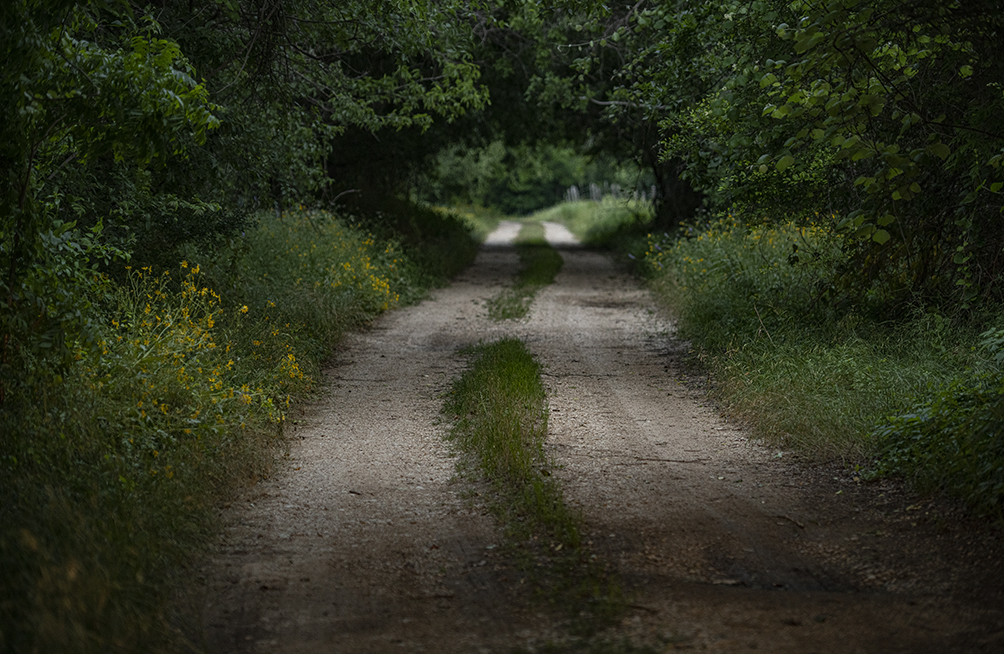
The 2024 Red Poppy Bike Ride
Approximately 750 cyclists lined up behind Georgetown’s Richarte High School Saturday morning for this year’s Red Poppy Bicycle Ride. Temperatures at the start were in the mid-60s, with minimal wind. Entrants chose from several mileage distances, including 14, 28, 40, 60 and 100 miles. It’s a fine event benefitting the SERTOMA Scholarship Program for Georgetown ISD, the Williamson County Child Advocacy Center and the City of Georgetown Bicycle Patrol Unit. I always enjoy covering this noteworthy event!







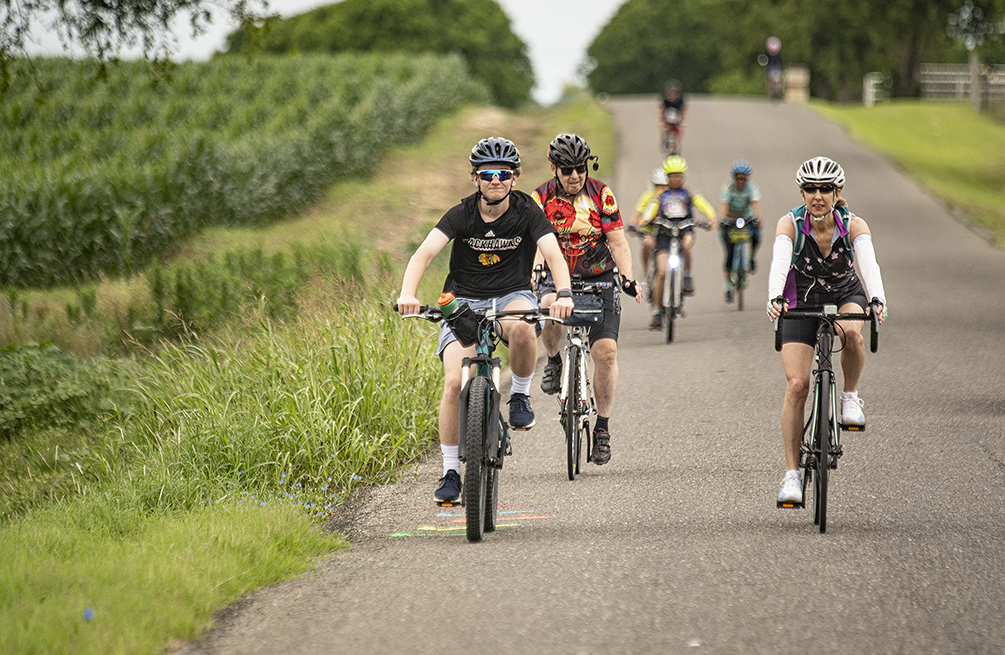
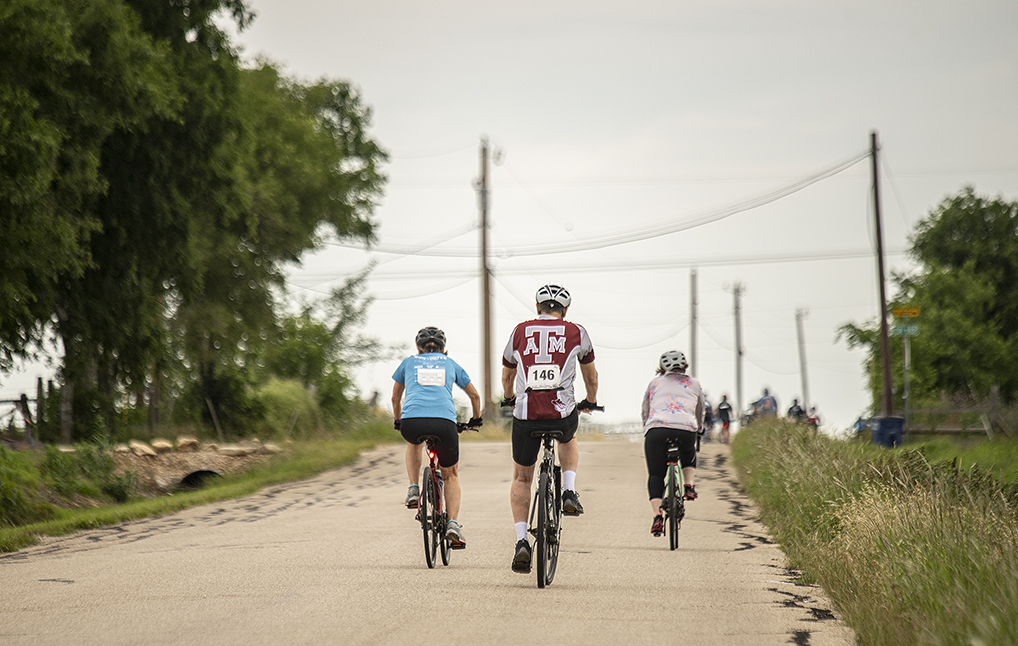
Granger’s Lakefest
Friday evening and today I was honored to take photos at Granger’s 45th Lakefest held in downtown Granger. Note that there is a lake, but it’s several miles east. This is just a snippet of what was going on. There was a car show, barbecue cookoff, plus lots of music and food. Their parade was this morning. After the parade I just did the usual, wander around, but began to notice a couple walking hand-in-hand almost the entire time they were there. I thought that was wonderful! They’ve been wed 59 years, but their 60th anniversary nears. Events like this not only define small-town Texas, but also small-town America. 






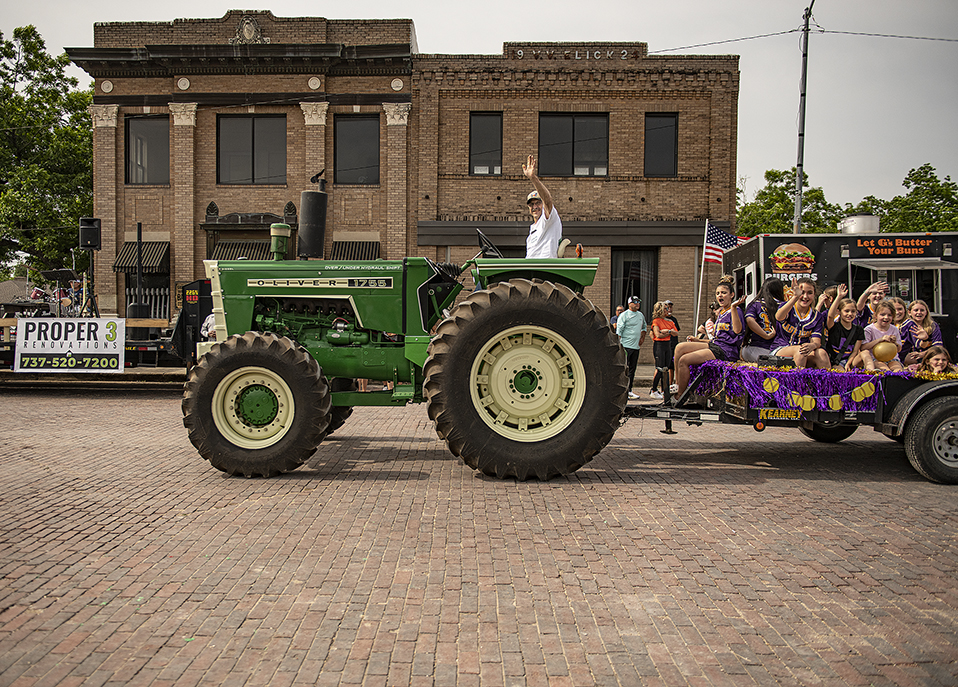





A Hidden Jewel
If you’re running, cycling or walking along the Georgetown Hike and Bike Trail you’ll likely pass Rivery Park, but if time allows, make your way to the beautiful pond there. The pond is adorned with dragonflies, birds, turtles, butterflies and botanical treasures. It’s been at least a couple of years since my last visit there, mainly because it’s so hard to find. Georgetown’s growth has made it hard to locate the entrance to the park, but if you’re interested, it’s at 1125 Woodlawn Avenue. Look it up and spend time quiet time there. 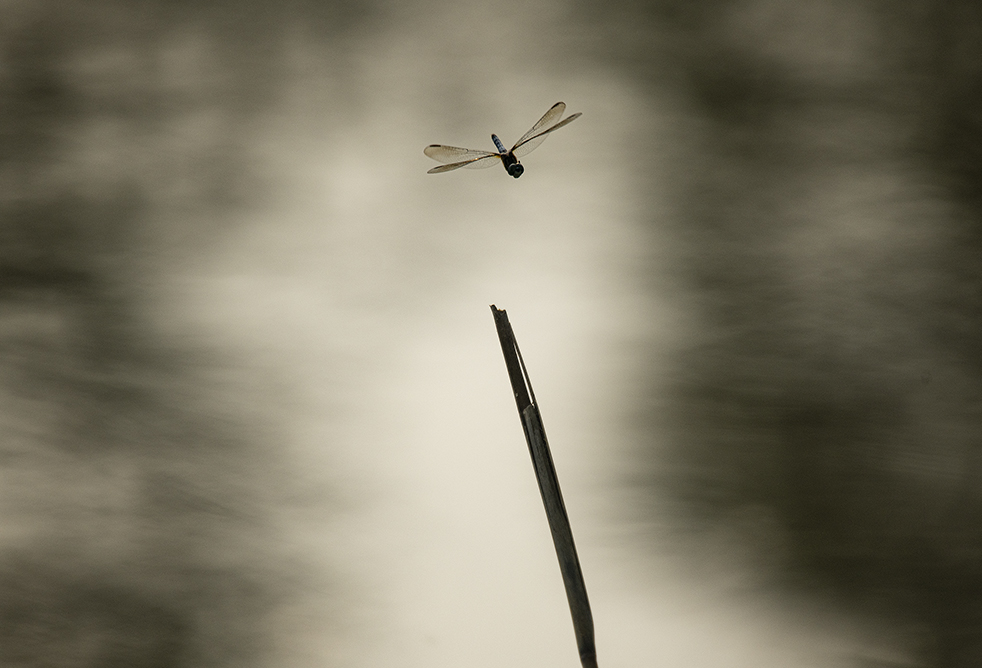




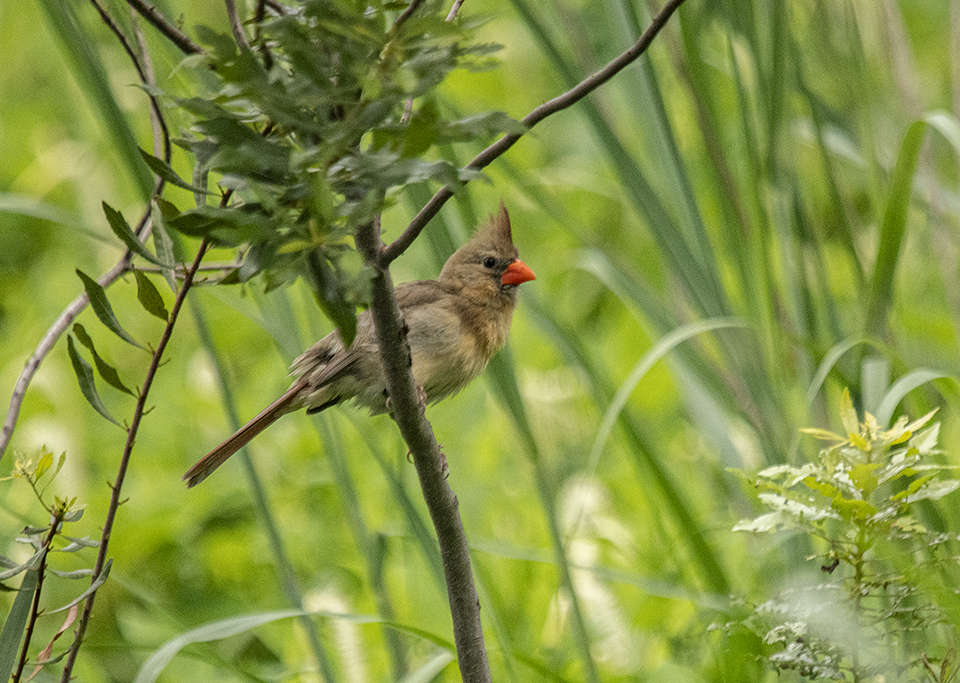
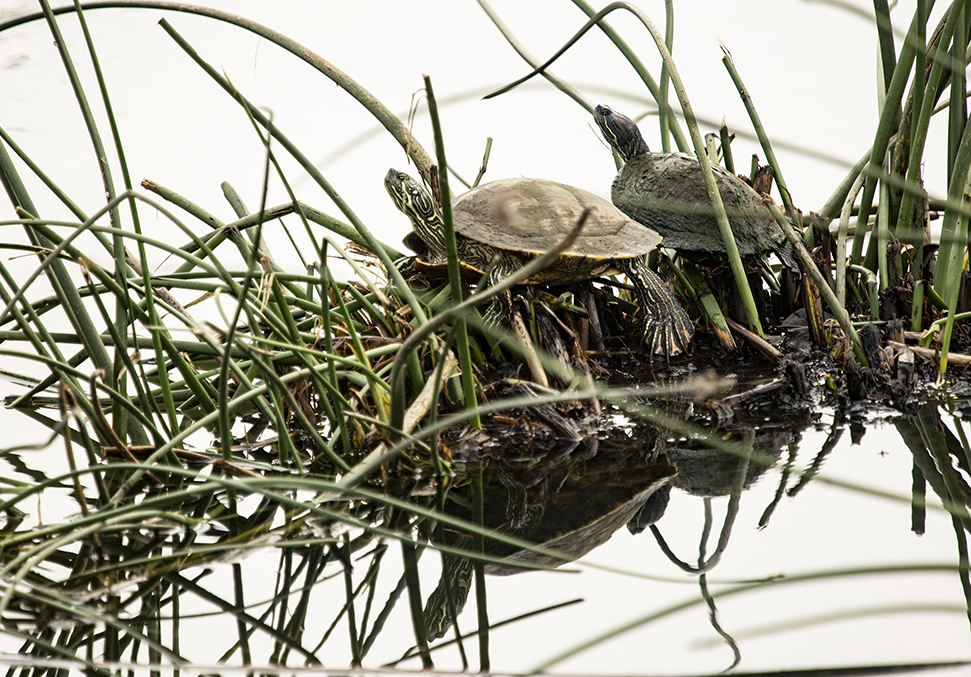
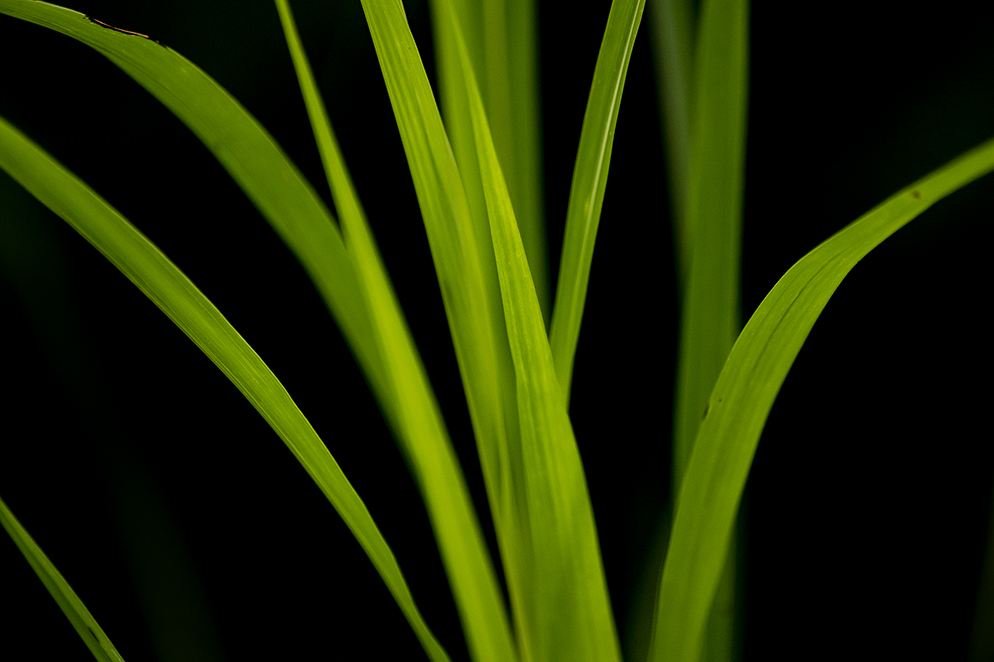

A Few Wildflowers North of Walburg
With a severe thunderstorm warning this evening in Central Texas I’m doing a quick post before the possibility of power loss comes into play. This field of Indian Blankets is from a picturesque area north of Walburg, in the New Corn Hill area. 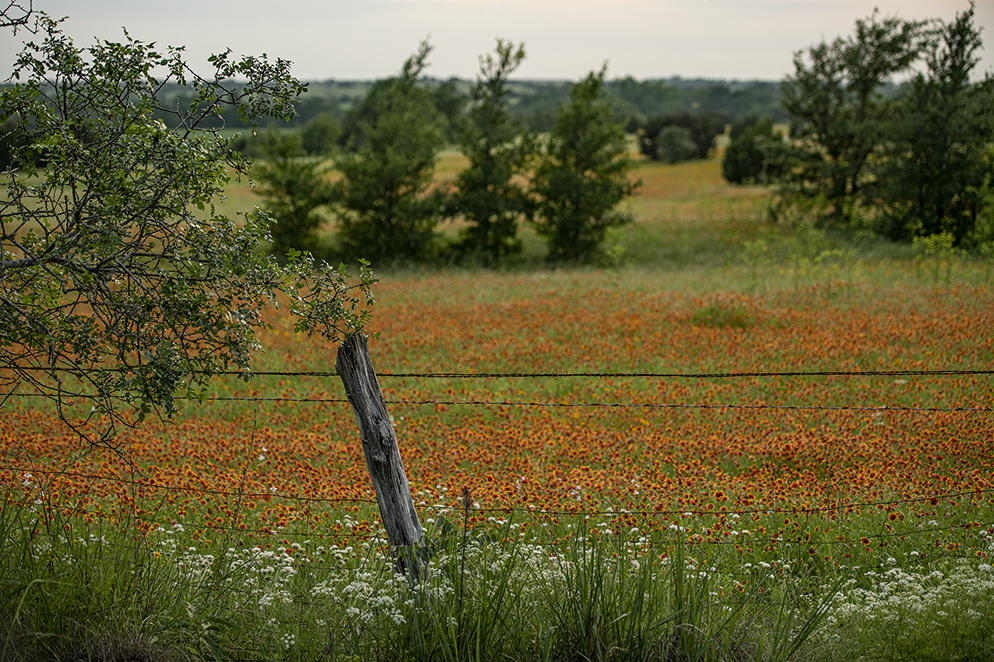
Sharing the Space
A Great Blue Heron continues to fish as a mama duck and her offspring saunter by, a photo from a daily walk this week at Taylor’s Murphy Park. If only humans could find a way to peacefully coexist like this. 